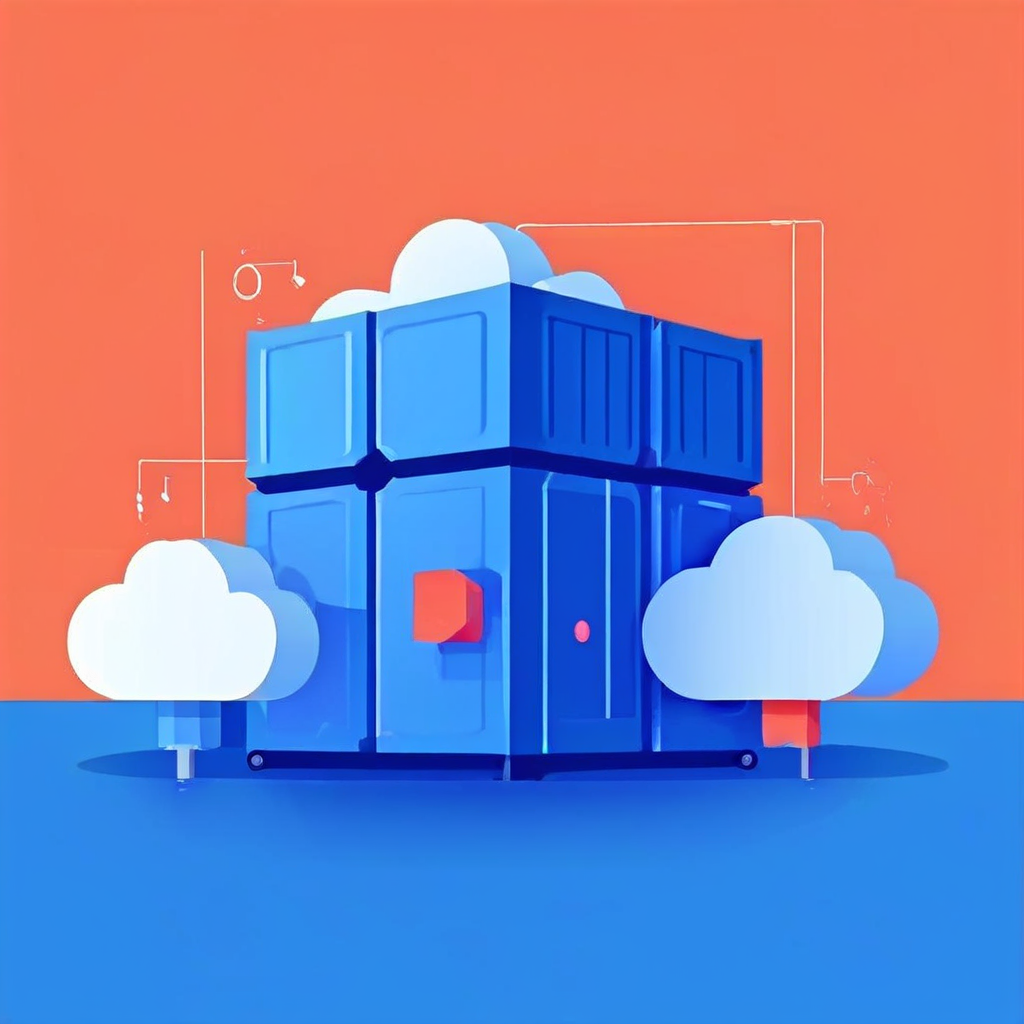
Kubernetes has emerged as a dominant player in the container orchestration world, providing robust solutions for managing containerized applications. At the heart of Kubernetes lies etcd, an essential component often compared to the “brain” of the system. This comparison is appropriate, as etcd plays a crucial role in maintaining a Kubernetes cluster’s overall state and health. Understanding how etcd works within Kubernetes is key to grasping the fundamentals of Kubernetes itself.
The Core Function of etcd in Kubernetes
Etcd is a distributed key-value store that serves as the primary data store for Kubernetes. Its main function is to store all the cluster data, such as configuration data, secrets, service discovery information, and the state of all the resources in the cluster. This centralized data store acts as the single source of truth for the entire cluster, ensuring consistency and reliability in the information that Kubernetes needs to operate efficiently.
Cluster Data Storage
In Kubernetes, etcd stores all the persistent data of the cluster. This includes:
- Cluster configuration: All the configuration settings required to manage the cluster.
- State of the cluster: Information about all the nodes, pods, services, and other resources.
- Service discovery: Data that helps in the discovery of services within the cluster.
- Secrets: Sensitive information like passwords, tokens, and keys.
By acting as the only source of truth, etcd ensures that the cluster’s state is accurately maintained and can be reliably queried and updated as needed.
Consistency and Availability
Etcd achieves high consistency and availability through the use of the Raft consensus algorithm. Raft is designed to ensure that even in the presence of failures, etcd can maintain a consistent state across all nodes. This is crucial for Kubernetes, as it relies on etcd to provide a consistent view of the cluster’s state.
The Raft Consensus Algorithm
Raft works by electing a leader among the etcd nodes, which then manages all write operations. The leader replicates these changes to the follower nodes, ensuring that all nodes have the same data. If the leader fails, a new leader is elected from the follower nodes. This process ensures that etcd remains available and consistent, even in the face of node failures.
Interaction with the Kubernetes API
When users or administrators interact with Kubernetes through its API, any changes made to resources (such as creating or modifying pods, services, or deployments) are stored in etcd. The Kubernetes API server communicates directly with etcd to persist these changes. This interaction is fundamental to Kubernetes’ ability to maintain and manage the cluster’s desired state.
The “Watch” Functionality
One of the powerful features of etcd is its ability to watch for changes in the data it stores. Kubernetes leverages this functionality to detect changes in the cluster’s state quickly and efficiently. When a change occurs, etcd notifies Kubernetes, which can then take appropriate actions to ensure the cluster’s desired state is maintained.
Deployment of etcd in Kubernetes
In a typical Kubernetes setup, etcd is deployed on the control plane nodes. For production environments, it is recommended to use a dedicated etcd cluster. This approach enhances the reliability and availability of etcd, as it reduces the risk of resource contention with other control plane components.
Best Practices for Deployment
- Dedicated etcd cluster: Ensures high availability and performance.
- High availability setup: Deploying etcd in a highly available configuration with multiple nodes.
- Regular backups: Ensuring that regular backups of the etcd data are taken to safeguard against data loss.
Security Considerations
Security is a critical aspect of etcd deployment in Kubernetes. Typically, etcd is configured with mutual TLS (mTLS) authentication to secure communication between etcd nodes and between etcd and other Kubernetes components. This ensures that only authenticated and authorized entities can access the sensitive data stored in etcd.
Backup and Recovery
Given that etcd contains all the critical data of a Kubernetes cluster, regular backups are essential. In the event of a failure or data corruption, having recent backups allows administrators to restore the cluster to a known good state. Kubernetes provides tools and best practices for performing regular backups of etcd data.
Tools for etcd Backup
Several tools can be used to back up etcd:
- etcdctl: This is the official command-line tool for interacting with etcd. It allows you to perform backups and restores with the following commands:
.– To make a backup:
ETCDCTL_API=3 etcdctl snapshot save <backup-file-path> \
--endpoints=<etcd-endpoint> \
--cacert=<path-to-cafile> \
--cert=<path-to-certfile> \
--key=<path-to-keyfile>
.– To restore from a backup:
ETCDCTL_API=3 etcdctl snapshot restore <backup-file-path> \
--data-dir=<new-data-dir>- Velero: An open-source tool primarily used for backing up and restoring Kubernetes resources, but it can also be configured to back up etcd data. Velero is popular in production environments due to its efficient and automated backup management capabilities.
- To use Velero with etcd, a specific plugin can be configured to back up etcd data alongside Kubernetes resources.
- To use Velero with etcd, a specific plugin can be configured to back up etcd data alongside Kubernetes resources.
- Kubernetes Operator: Some Kubernetes operators are designed specifically for managing etcd and may include backup and restore functionalities. For example, the etcd-operator by CoreOS provides advanced management capabilities for etcd, including automated backups.
- Kubernetes CronJobs: CronJobs can be set up in Kubernetes to execute etcdctl commands at regular intervals, automating periodic backups.
Best Practices for Backup
- Backup Frequency: Perform regular backups, ideally daily, and before making any significant changes to the cluster.
- Secure Storage: Store backups in secure and redundant locations, such as cloud storage with appropriate retention policies.
- Recovery Testing: Periodically test the recovery process to ensure that backups are valid and can be restored correctly.
By incorporating these practices and tools, administrators can ensure that critical etcd data is protected and can be effectively restored in the event of a disaster.
Performance Characteristics
Etcd is designed to handle high volumes of write operations, making it well-suited for the dynamic nature of Kubernetes clusters. It can manage thousands of writes per second, ensuring that even in large-scale deployments, etcd can keep up with the demands of the cluster.
End Note
Etcd acts as the brain of Kubernetes, storing and managing all the critical information about the cluster. Its distributed, consistent, and highly available design makes it an ideal choice for this role. By understanding how etcd works and its importance in the Kubernetes ecosystem, administrators and developers can better appreciate the robustness and reliability of Kubernetes, ensuring smooth and efficient operation even at scale.










